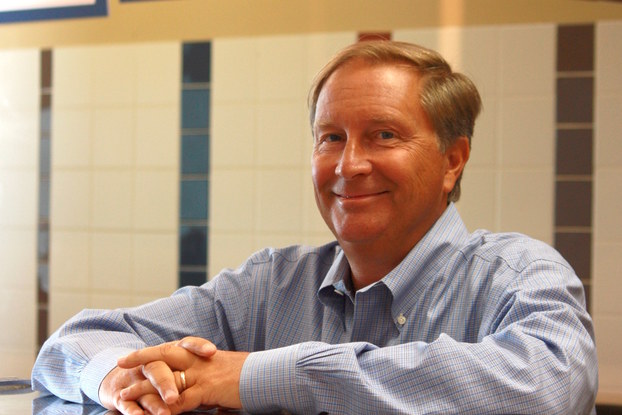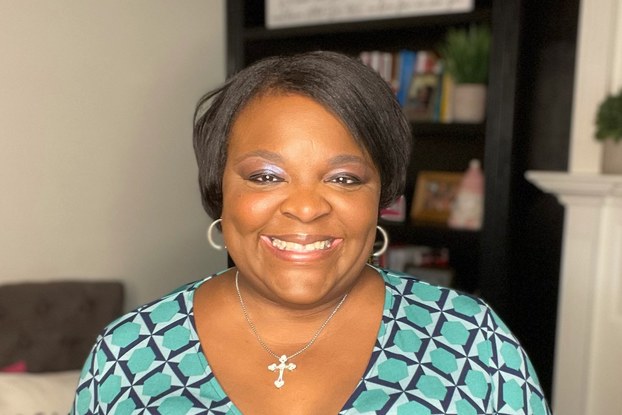We love an ad with a good brand battle.
Big brands usually try not to dis each other, at least not in public. Marketing that criticises a rival instead of extolling a brand’s own virtues is generally frowned upon, and serious beef is saved for the courtroom.
But we do see some exceptions. They can be very funny when they hit the mark, and totally cringeworthy when they don’t. Below we recap examples of both in four of the best brand vs brand battles we’ve seen recently. For more on branding see our pick of 20 iconic brands and the best branding books.
01. Peacock vs HBO
I know you’re all very disappointed, but I will *not* be dropping the first half of my name any time soon 👀May 23, 2023
HBO Max’s recent rebrand to Max left many people dumbfounded as to why it would drop the best-known part of its name. Some genius at NBC’s rival streaming platform Peacock saw the perfect opportunity for a little dig.
It joined in with the general public incredulity by clarifying that it had no intention of dropping the first half of its own name, a move that would, of course, have rather NSFW results. The cheeky jibe caused much hilarity on Twitter and suddenly made NBC seem a lot cooler (I’m not sure when brands started referring to themselves in the first person singular though).
02. McDonald’s vs Burger King

The burger wars have seen McDonald’s and Burger King trade blows in advertising multiple times over the years (remember Burger King’s Mouldy Whopper ad and its app that invited users to burn rival’s ads?) For the most recent bout, the two fast-food giants had a new weapon at their disposal: AI.
When McDonald’s asked ChatGPT ‘What is the most iconic burger in the world?’ The bot spat out a typically ChatGPT answer that dutifully granted the title to the Big Mac (“First introduced in 1967, the Big Mac has become synonymous with fast food…). McDonald’s proudly turned this into a type-heavy poster in São Paulo.
But the very next day, Burger King responded with its own poster right alongside it, in which it asked the question ‘And which is the biggest?’ to which ChatGPT replied the Whopper. It was impressive how quickly the agency David São Paulo reacted to get its retaliation up so fast.
03. Pepsi vs Coca-cola
ALL burgers go #BetterWithPepsi…even when we’re not on the menu, we’re always in the picture. 😉 Try for yourself this Friday on #NationalBurgerDay and the Pepsi is on us pic.twitter.com/6KRF77ONnfMay 26, 2021
Pepsi vs Coca-cola is a rivalry on the same scale of McDonald’s Vs Burger King but for colas. In one recent episode, Pepsi took packaging from restaurants that serve Coke (including both Burger King and McDonald’s, as it happens), and managed to find its own logo lurking therein.
Using some clever photography (and perhaps a little Photoshop), the ads read: ’Even when we’re not on the menu, we’re always in the picture’. Part of the brand’s #BetterWithPepsi campaign, the ads work so well because of how they make light of Pepsi’s underdog position, but the brand also claimed to have some evidence to back it up, alleging that in blind taste tests, 60% of participants preferred their Big Mac or Whopper with a Pepsi.
04. Samsung vs Apple
pic.twitter.com/oOlOPjnE1aSeptember 9, 2022
Samsung vs Apple is a scrap in which the blows all seem to go one way. No matter how much the Korean tech company continues to bait it, Apple just carries on acting all cool and aloof like it doesn’t care (we know the ads probably hurt its feelings really).
Samsung’s thrown increasingly blunt jabs at Apple over the years, but most recently its attacks have taken the form of mocking the Cupertino company for its lack of a folding device. It even made a video showing an army of Samsung Galaxy Z Flip4s performing a Mexican wave to drive home the point, the suggestion being that Apple would make a folding iPhone if it could and hasn’t yet managed it.
However, Samsung’s attempts to troll Apple, are starting to feel a bit cringeworthy. And this is one brand battle that shows the dangers of criticising rivals so publicly. Samsung ended up deleting old posts in which it had criticised Apple for no longer providing power adapters with its phones after it ended up doing the same thing.
For more successful advertising, see our picks of the best print ads and the best billboard advertising. We also have a piece of the histories of the best 21st century logos.






